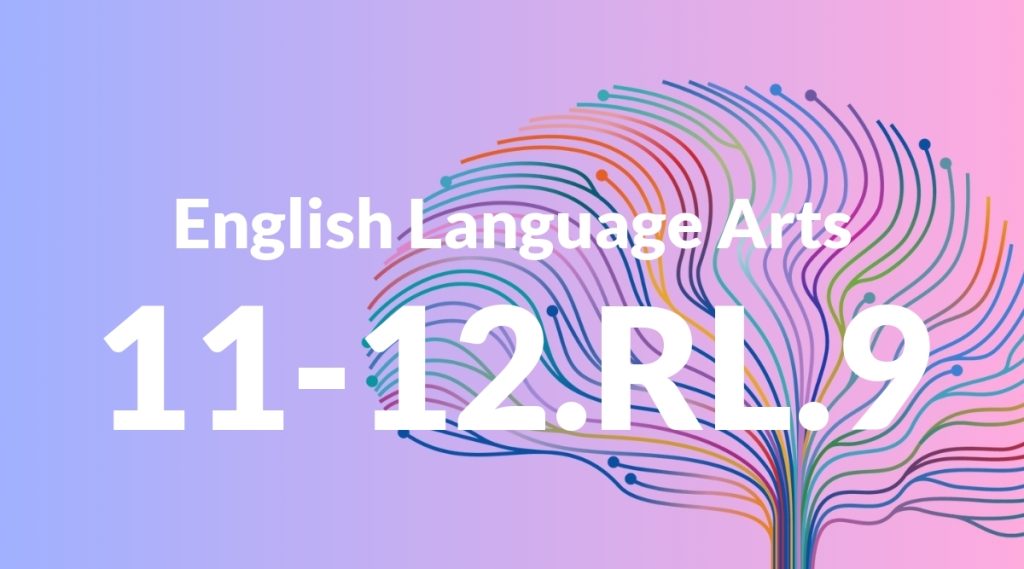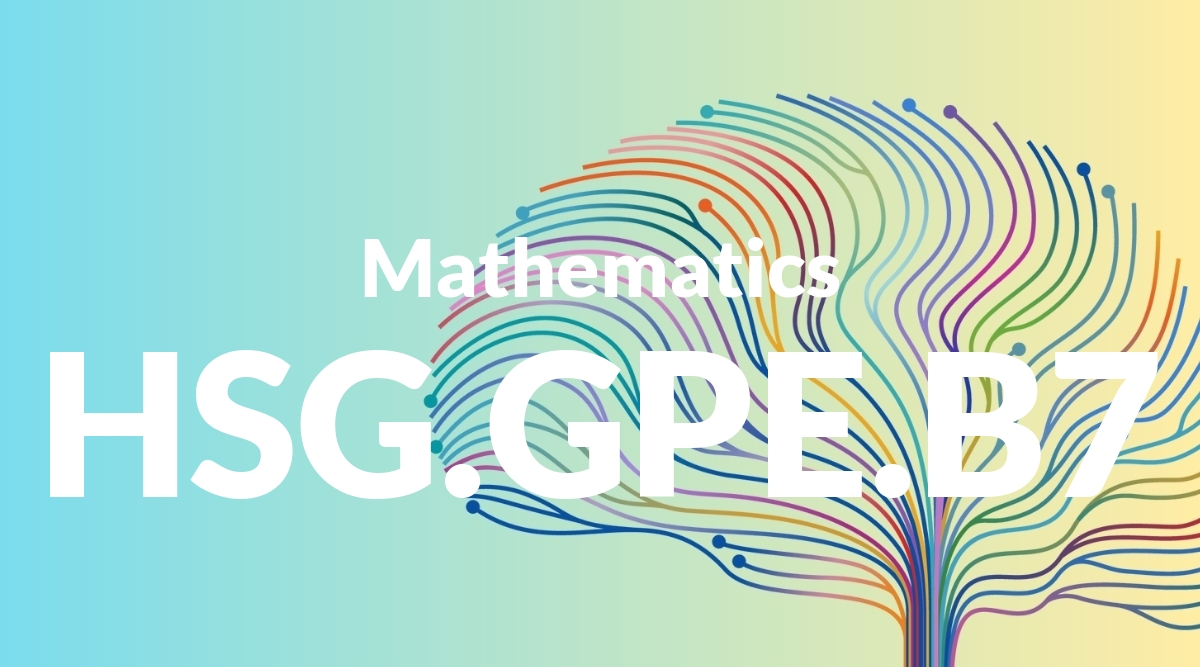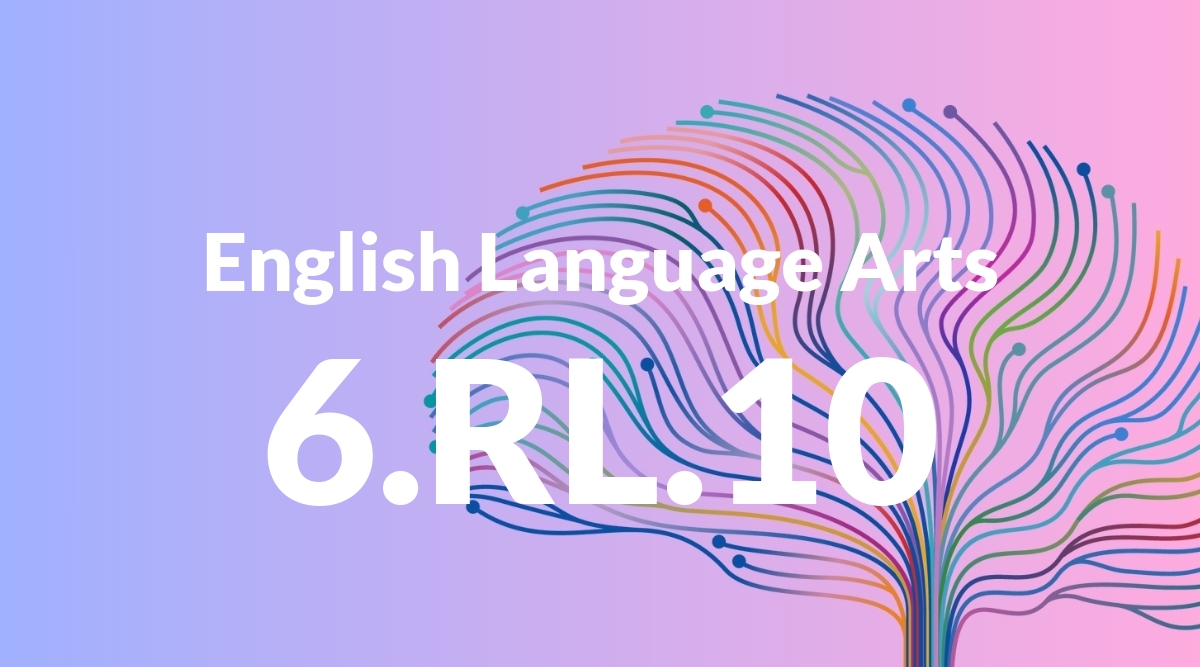Standard: 2.RL.9 – Compare and contrast two or more versions of the same story (e.g., Cinderella stories) by different authors or from different cultures.
Grade level: Grade 2
Subject: English Language Arts
Domain: Reading: Literature
Teacher Overview
This standard focuses on helping students compare and contrast different versions of the same story. It is important because it encourages students to think critically about literature and understand how stories can vary based on the author’s perspective and cultural context. Students should be familiar with basic story elements and have some experience with stories from different cultures.
After mastering this standard, students will be able to critically analyze and appreciate literature from diverse perspectives, enhancing their comparative thinking skills.
Common Misconception 1
Some students may believe that all stories with the same title are the same. This is incorrect because authors often bring their unique perspectives and cultural backgrounds to their storytelling.
Intervention 1
A good intervention is to read two versions of the same story side-by-side and have students discuss and document the differences and similarities.
Common Misconception 2
Another common misconception is that cultural differences do not affect storytelling. This is incorrect because cultural context can significantly influence the plot, characters, and themes of a story.
Intervention 2
Introduce stories from various cultures and discuss how these cultural contexts influence the narrative. Use examples to illustrate these differences.
Prerequisite Knowledge
Students should be able to identify basic story elements such as characters, settings, and plot. They should also have some experience with listening to or reading stories from different cultures.
Subsequent Knowledge
Students will develop the ability to critically analyze and appreciate literature from diverse perspectives. They will also enhance their comparative thinking skills, which are essential for higher-level reading and writing tasks.
Instructional Activities
- Reading and discussing different versions of the same story.
- Creating Venn diagrams to compare and contrast story elements.
- Writing comparative essays.
- Performing plays based on different versions of a story.
- Group discussions on cultural influences in storytelling.




